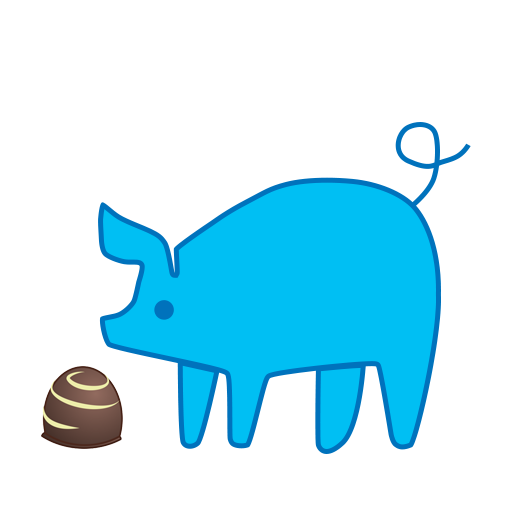Truffle and React (create-react-app)

Rapid Ethereum Dapp Development
A Minimal Smart Contract Development Boilerplate with create-react-app-based frontend.¶
Truffle is great for developing Solidity smart contracts, and create-react-app is a great way to bootstrap a React project. Unfortunately, the official truffle box for React uses the eject mode of the create-react-app, which may be a disadvantage to many React developers. This box provides a basic integration between truffle and React app without using the eject mode of create-react-app.
There are two major features:
-
A plain
truffle initproject is used as the base (along with a SimpleStorage example contract). -
A create-react-app based React project resides in the
web-appdirectory with a symlink to thebuild/contractsfolder containing ABI definitions (created after runningtruffle compile). The provided React app is intentionally minimalistic to avoid imposing any specific requirements on the developer.
For more information on how the frontend works, go read the README.md located in the web-app directory.
Installation¶
-
Install Truffle globally.
yarn global add truffle -
Download the box. This also takes care of installing the necessary dependencies.
truffle unbox Charterhouse/truffle-create-react-app -
Run the development console.
truffle develop -
Compile and migrate the smart contracts. Note that inside the development console we don't preface commands with
truffle.compile migrate -
Truffle can run tests written in Solidity or JavaScript against your smart contracts. Note the command varies slightly if you're in or outside of the development console.
# If inside the development console. test # If outside the development console.. truffle test -
Run the create-react-app server for the front-end. Smart contract changes must be manually recompiled and migrated.
# Change directory to the front-end folder cd web-app # Serves the front-end on http://localhost:3000 yarn start -
We included some basic tests for our react components. You can run them from the
web-appfolder:# Change directory to the front-end folder cd web-app yarn test # for watch mode CI=TRUE yarn test # for non-watch mode
Visual Studio Code integration¶
The project is ready for Visual Studio Code. Out of the box it supports integration with standardJS and vscode-jest.
standardJS¶
The integration with standardJS is done on two levels: settings.json for the VSCode Workspace and the top-level package.json.
The workspace level options in settings.json are the following:
"javascript.validate.enable": false,
"standard.usePackageJson": true,
"standard.autoFixOnSave": true
The top-level package.json includes the following standardJS configuration:
"standard": {
"parser": "babel-eslint",
"ignore": [
"build/**",
"node_modules/**",
"web-app/node_modules/**",
"web-app/src/contracts"
],
"envs": [
"es6",
"browser",
"jest"
],
"globals": [
"artifacts",
"contract",
"assert"
]
}
The only thing that still remains to be performed by the user is to install the JavaScriopt Standard Style extension (authored by Sam Chen).
vscode-jest¶
The vscode-jest extension (authored by orta and jest community) provides integration with jest test runner. Because the react project is in a subfolder, additional configuration has been added to the workspace settings.json file:
"jest.pathToJest": "npm test --",
"jest.rootPath": "web-app",
"jest.restartJestOnSnapshotUpdate": true
Note, that for the very same reason, Jest extension needs to be started manually via command palette (CMD+SHIFT+P and then Jest: Start Runner).
jest extension for VSCode only runs the tests for the web-app. You still need to run solidity tests using the truffle development console.


